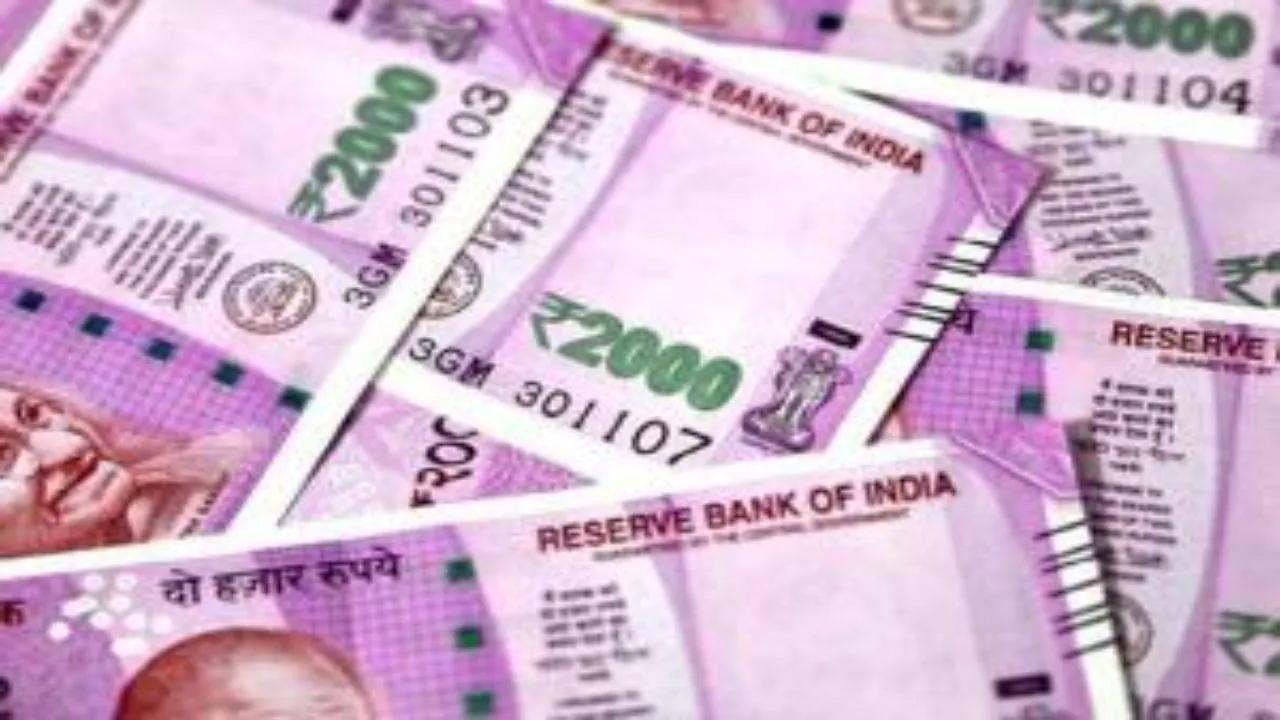Moody's said lockdowns and tightened restrictions have focused on the most severely impacted states and districts as 10 states or Union Territories continue to account for around 75 per cent of active cases

This picture has been used for representational purpose
Moody's Investors Service on Tuesday revised its India GDP forecast down to 9.3 per cent from 13.7 per cent for fiscal 2021.
ADVERTISEMENT
"As of now, we expect the negative impact on economic output to be limited to the April to June quarter, followed by a strong rebound in the second half of the year. As a result of the negative impact of the second wave, we have revised our real, inflation-adjusted GDP growth forecast down to 9.3 per cent from 13.7 per cent for fiscal 2021 and to 7.9 per cent from 6.2 per cent in fiscal 2022. Over the longer term, we expect growth of around 6.0 per cent thereafter," Moody's said.
It said that the credit profile of India is increasingly constrained by obstacles to economic growth, a high debt burden and weak financial system.
"Policymaking institutions have struggled to tackle and contain these risks, exacerbated by the coronavirus pandemic. Mutually reinforcing risks from deeper stresses in the economy and financial system could lead to a more severe and prolonged erosion in fiscal strength, exerting further pressure on the credit profile," Moody's said.
India is experiencing a severe second wave of coronavirus infections which will slow the near-term economic recovery and could weigh on longer-term growth dynamics.
The second wave started in March in the state of Maharashtra, home to the major urban centre of Mumbai, and has since spread throughout the country. As of early May, India's active caseload count surpassed 3.5 million with daily new cases exceeding 400,000. The surge of the virus, which has been driven by a highly contagious variant, has put significant strain on India's healthcare system with hospitals overrun and medical supplies in short supply.
Moody's said lockdowns and tightened restrictions have focused on the most severely impacted states and districts as 10 states or Union Territories continue to account for around 75 per cent of active cases. The government's latest order on containment measures, which remain effective until the end of May, advises states and Union Territories to demarcate containment zones based on a test positivity or bed occupancy threshold; it recommends measures such as night curfews, prohibition of gatherings, closure of recreational facilities, and reductions in public transport operational capacity.
The reimposition of lockdown measures will curb economic activity and could dampen market and consumer sentiment.
"However, we do not expect the impact to be as severe as during the first wave. Unlike the first wave where lockdowns were applied nationwide for several months, the second wave 'micro-containment zone' measures are more localized, targeted and will likely be of shorter duration," it added.
Businesses and consumers have also grown more accustomed to operating under pandemic conditions.
On the fiscal front, Moody's expects the renewed surge in the virus to contribute to a marginal shortfall in revenue and a redirection of spending toward healthcare and virus response relative to what the government budgeted in February.
"As a result, we now expect a wider general government fiscal deficit of about 11.8 per cent of GDP in fiscal 2021, compared with our previous forecast of 10.8 per cent and an estimated 14 per cent in fiscal 2020. We expect the combined impact of slower growth and a wider deficit to drive the general government debt burden to 90 per cent of GDP in fiscal 2021, gradually rising to 92 per cent in fiscal 2023," it said.
India began the third phase of its vaccination campaign for those aged 18-44 on May 1, making the vaccination available to the entire adult population. However, as of early May only around 10 per cent of the country's population had received at least one dose of the vaccine. Meanwhile, a shortage of vaccines and logistical difficulties in reaching a large rural population (about two-thirds of the population) complicates the vaccine rollout.
The international community has recently contributed to India's vaccine efforts with increased medical and vaccine supplies to help address shortfalls. The spread of the virus and the rate of vaccinations will have a direct impact on economic outcomes, Moody's said.
On May 5, the Reserve Bank of India announced new liquidity measures to support the economy and financial system during the second wave. Measures focused on loan forbearance and liquidity access to households and businesses, including through a restructuring scheme with the extension of a loan moratorium for up to two years.
This story has been sourced from a third party syndicated feed, agencies. Mid-day accepts no responsibility or liability for its dependability, trustworthiness, reliability and data of the text. Mid-day management/mid-day.com reserves the sole right to alter, delete or remove (without notice) the content in its absolute discretion for any reason whatsoever
 Subscribe today by clicking the link and stay updated with the latest news!" Click here!
Subscribe today by clicking the link and stay updated with the latest news!" Click here!






